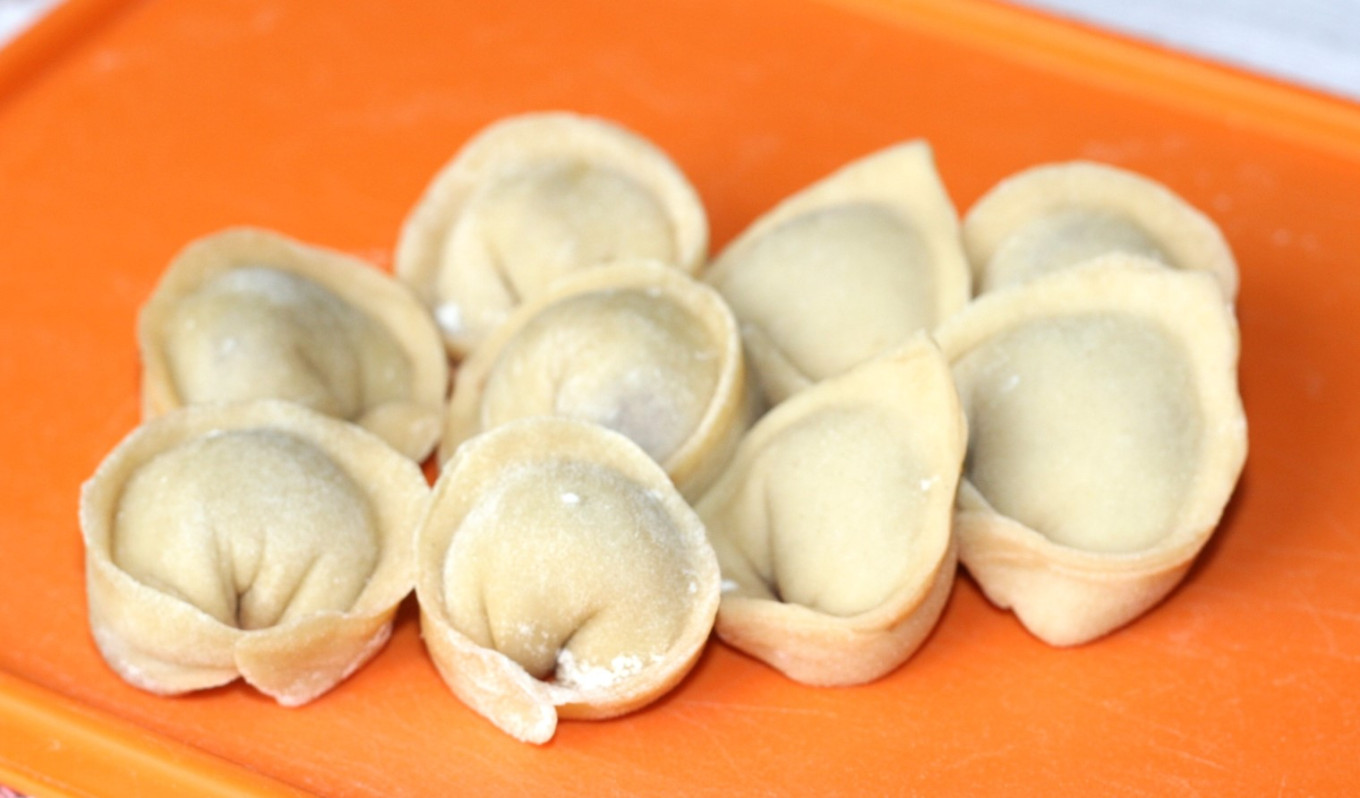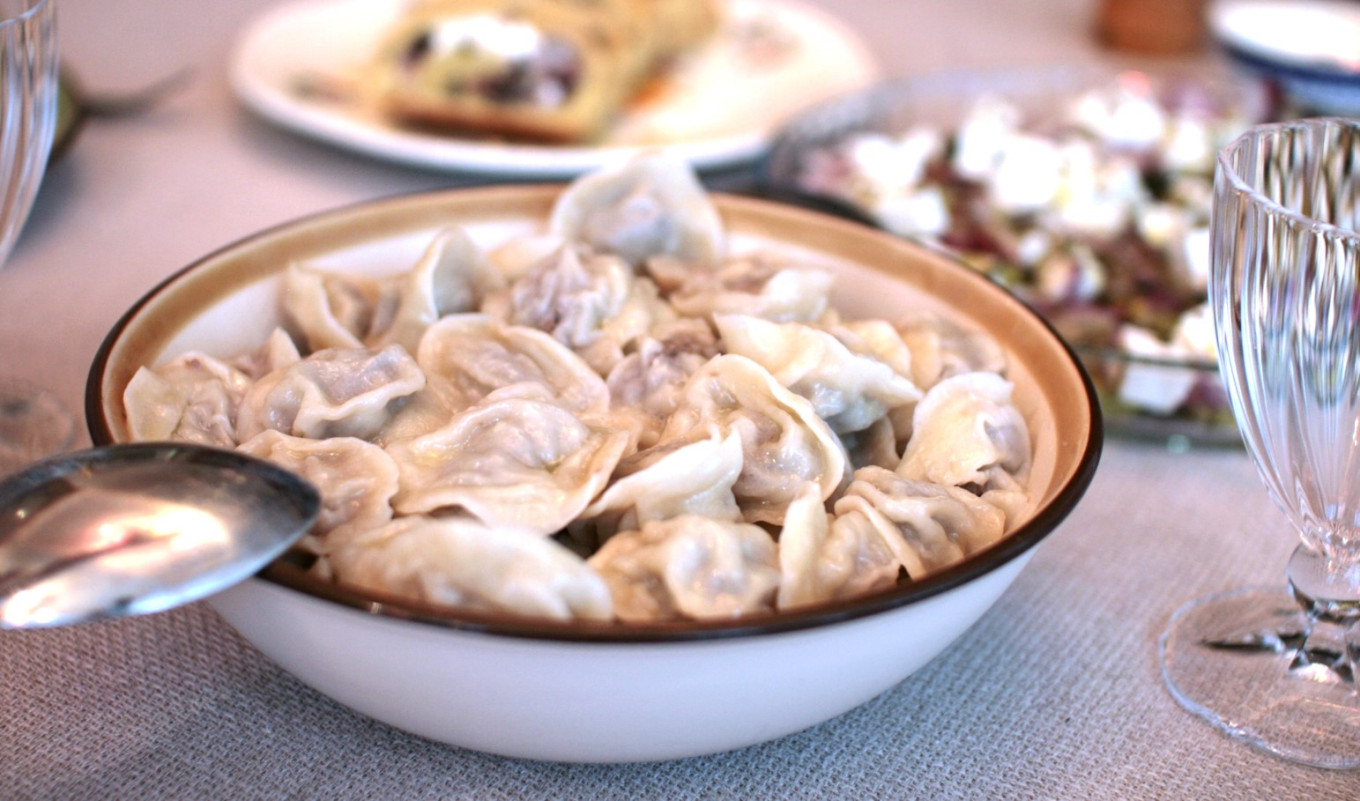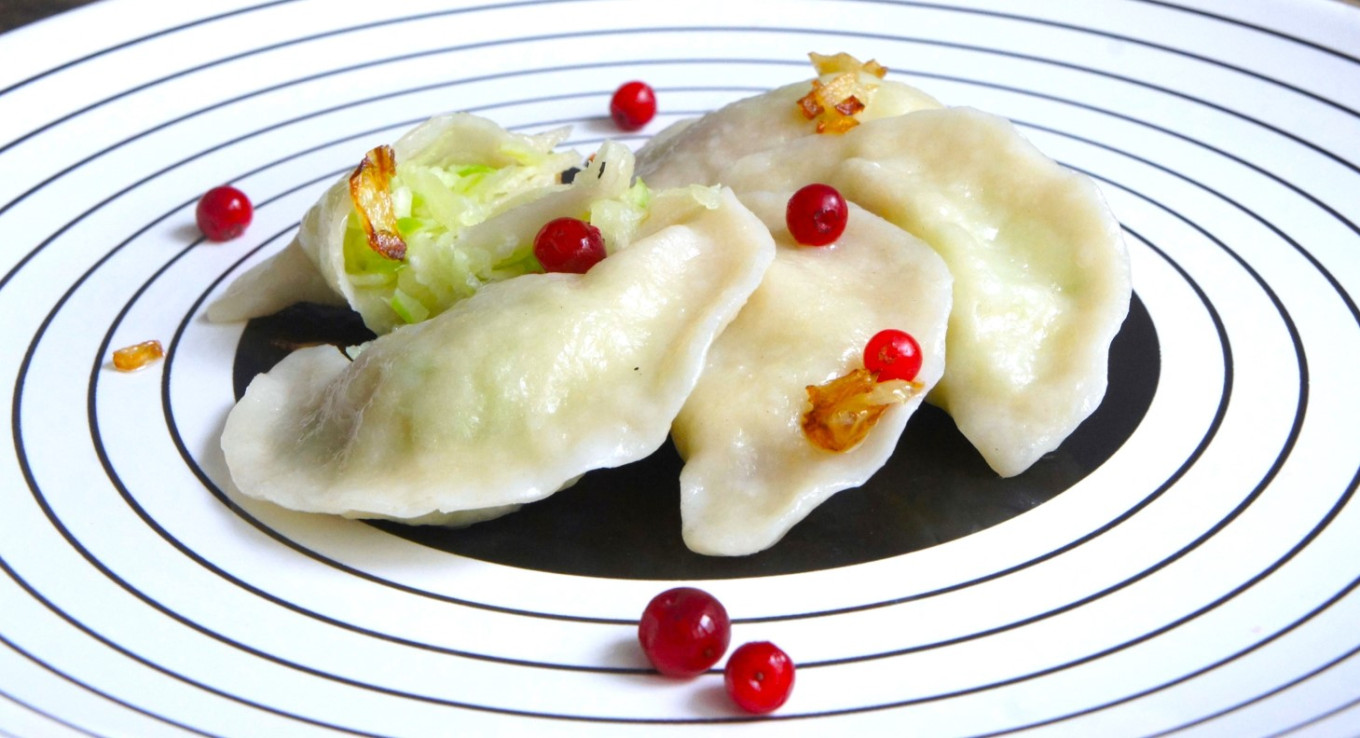Pelmeni are a paradoxical dish. Although Siberian pelmeni most likely came from China originally — from famous New Year's dumplings called jiaozi — their name — pelmeni — is from the group of Finno-Ugric languages. They are considered a "national Russian dish," although up to the mid-19th century or even later pelmeni were a truly Siberian dish.
With all due respect to Russian and Siberian cuisine, we must admit that pelmeni probably originated in China. Of course, when a culinary tradition is 5,000 years old, chances are you can find analogs to almost all modern dishes.
On the other hand, after China, the most popular dumplings are in Russia. In the end, it’s complicated. If pelmeni came from China, it was a long time ago. And they got to our country is very complicated, roundabout way.
The standard view of the history of pelmeni is that they came to Russian cuisine from the nations in the Ural mountains. Russian pioneers began to arrive in this area in the 13th to 15th centuries. The Komi people were there long ago, with their own faith, language, and customs. The first contacts between the Slavic population and the Komi people probably occurred in the 10th century. By the 12th century, the Komi tribes had come under Novgorod, but the long arm of the Moscow princes only came here in the mid-15th century. It was here that small, curled meat-filled dumpling shaped like an ear were made. Their name is from the Permian words "pel" (ear) and "nyan" (bread).
Today pelmeni are one of the most typical dishes of Russian cuisine. How long has this been true? Were they always so popular?
To begin with, there is no mention of pelmeni in any Russian cookbook until the 1820s and 1830s. We believe that pelmeni remained a Ural-Siberian regional dish for a very long time, and only became known throughout Russia by the early or even mid-19th century.
In 1837 Yekaterina Avdeyeva (a famous culinary author of the early 19th century) mentions pelmeni in a context that sounds strange today. The specialist in the culinary arts included the word in the section "Dictionary of words and expressions used in Siberia (provincialisms)." "Pelmeni," she writes, "are what are called ushki (little ears) in Russia."
In a review of the journal Otechestvennye Zapiski (1830), another author feels compelled to explain to the reader what pelmeni are. He compares them to Ukrainian vareniki, writing, “These are a kind of Little Russian vareniki, only they aren’t filled with pot cheese, but with beef.”

If we look a little further, at the beginning of the century pelmeni are described as something exotic. Take this description in a book published in 1817 by collegiate counselor Nikolai Semivsky "Newest Stories From Eastern Siberia": "Pelmeni are little minced meat patties that are like Chinese pastries.” Can you imagine! Two hundred years ago this "traditional Russian dish" had to be described as “like Chinese pastries!”
It's clear that for educated Russian people of the early 19th century, pelmeni were an exotic, regional dish. People had heard of them, but they didn’t think of them as a something they’d eat every day.
We don’t know exactly how pelmeni came to be adopted in Russia, but it seems unlikely that it was solely through the Komi peoples. It is only a coincidence that was "pelnyani" remained in the language and memory. There were so many varieties of Asian dumplings: Uzbek manti, Mongolian buuz, Dungan boza, not to mention the Chinese version, and there were many contacts between the people of Rus and Asian nations in the 11th through 14th centuries. Russian traded with Asia, with the Krymchaks (Turkic Jews), and had rich contacts with Byzantium. And of course the Tatar-Mongol invaders brought their food into Rus, too.
Did you notice that Avdeyeva called pelmeni "little ears"? In European and southern Russia in the 19th century "ushki" were a fairly common dish. It was found on the Don and in Astrakhan, so it was clearly not from the Urals hinterland. Local Cossacks called them "shurubarki." And if you recall that in nearby Azerbaijan there is a dish called "dushbara" (a soup with small pelmeni), a mosaic begins to take shape. Ushki-shurubarki-dushbara… the root "ush-shu" is everywhere.

It seems most likely that dishes similar to pelmeni came to Russia from different places in different centuries: from the Crimean Tatars, from Dagestan, from Central Asia — after all, the Moscow tsars had long traded with Bukhara. Finally, when Russians were going into Siberia in great numbers, they learned about pelmeni from the locals. These dishes simply had different names. Only in the middle of the 19th century did one name stick: pelmeni.
What happened to make this dish so widespread and popular in Russia? In the 1860s, several developments converged at once. Transportation was rapidly developed (a network of railroads, active passenger river traffic), which led to an influx of population into cities and to different parts of the country. At the same time book publishing and marketing took off. All this led to the establishment of a single national cuisine. Population migration led to local dishes appearing in the big cities and “mixing” with local culinary traditions. Meanwhile, the advances in the culinary arts in the capital cities — however comical and even grotesque they sometimes were — quickly spread to even the most remote corners of the country.
Pelmeni showed up at the right time. The dish was very traditional and yet very modern, suitable for both home cooking and restaurants. It was cheap, which was important during the dramatic growth of public catering for a large part of the urban population — workers, artisans, low-level officials, and students. Finally, it was easy to prepare and serve: It did not require any special culinary skills and was easy to divide into portions. It was the perfect dish!
Even today it is the hit of Russian eateries. Pelmeni festivals are regularly held all over the country, and chefs invent amazing new versions.
But we don’t need to keep inventing new versions of pelmeni. A couple of years ago in Perm we discovered a wonderful version of pelmeni made with radishes. In the past it was probably made with Russian black radishes. But today it is easier and tastier with green or lobo radishes, also called Margilan radishes. This takes us back to the Asian roots of this dish — Margilan is a city in Uzbekistan. These pelmeni are a delicious discovery.

Green Radish Pelmeni
Ingredients
For the dough
- 500 g (4 c) flour
- 225 g (1 c and 1 Tbsp) water
- 10 g (1¾ tsp) salt
For the filling
- 500-600 g (1.1-1.3 lb) green radishes
- 100 gr (3.5 oz) onions
- 30 ml (2 Tbsp) vegetable oil
- salt
- freshly ground black pepper to taste
Instructions
Prepare the dough
- Pour the sifted flour in a heap and make a depression in the middle.
- Dissolve salt in a glass of water and pour into the flour.
- First use the blade of a knife, then use your hands to knead the dough. Do not try to knead the dough until it is smooth; it is enough for all the flour to be moistened.
- Wrap in clingfilm and leave for 40-60 minutes. During this time, knead it twice. The dough will be smooth and elastic.
Make the filling
- Dice the onion. Heat the oil in a pan, add the onions and sauté until golden. Leave to cool.
- Grate radish on a coarse grater and lightly salt. Let stand for 2-3 minutes.
- Squeeze the juice out of the grated radish and mix with the sauteed onions. Salt and pepper to taste.
- Roll out thin dough and cut out circles of diameter 10 cm.
- Put a tablespoon of filling on each circle and form pelmeni.
- If you want to shape the dumplings the traditional regional way, they look more like vareniki, but they are still considered pelmeni.
- Bring salted water to a boil in a large pot.
- Add pelmeni, stir and boil for 2 minutes after they come to a boil.
- If the pot is not very big, cook in batches.
Notes
- Serve with a splash of vegetable oil.
- Part of the radish can be replaced by grated carrot, but sauté it with the onion.
- If you want, you can add pot cheese to the radish (50-50 proportions). Serve with sour cream.
- The onion can be replaced with green onion, and then you don’t need to sauté it.

A Message from The Moscow Times:
Dear readers,
We are facing unprecedented challenges. Russia's Prosecutor General's Office has designated The Moscow Times as an "undesirable" organization, criminalizing our work and putting our staff at risk of prosecution. This follows our earlier unjust labeling as a "foreign agent."
These actions are direct attempts to silence independent journalism in Russia. The authorities claim our work "discredits the decisions of the Russian leadership." We see things differently: we strive to provide accurate, unbiased reporting on Russia.
We, the journalists of The Moscow Times, refuse to be silenced. But to continue our work, we need your help.
Your support, no matter how small, makes a world of difference. If you can, please support us monthly starting from just $2. It's quick to set up, and every contribution makes a significant impact.
By supporting The Moscow Times, you're defending open, independent journalism in the face of repression. Thank you for standing with us.
Remind me later.







